Help
Community21 has selected some case study communities and projects to share across the network to inspire and inform others. Should we be featuring yours? If so get in touch.
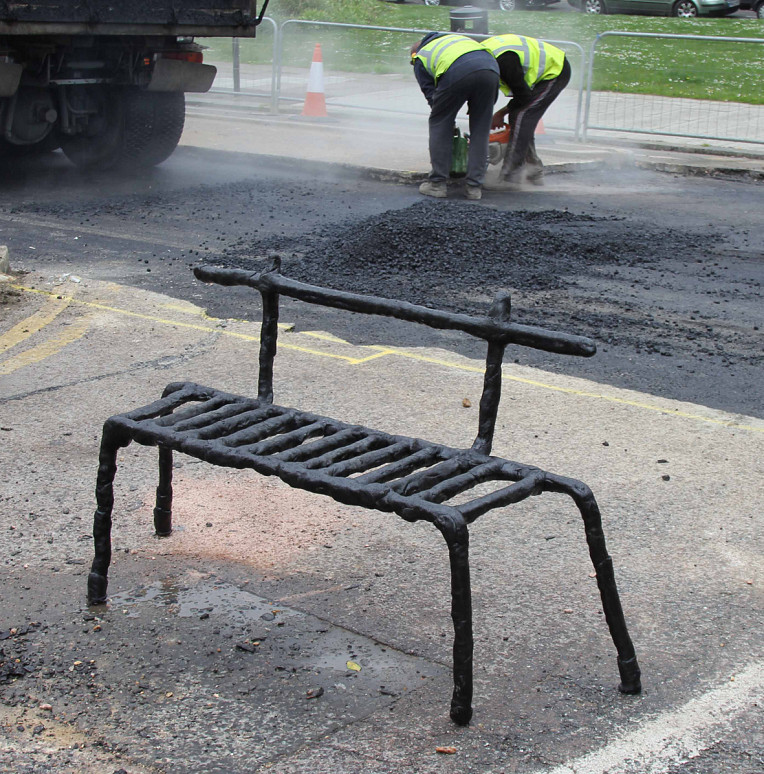
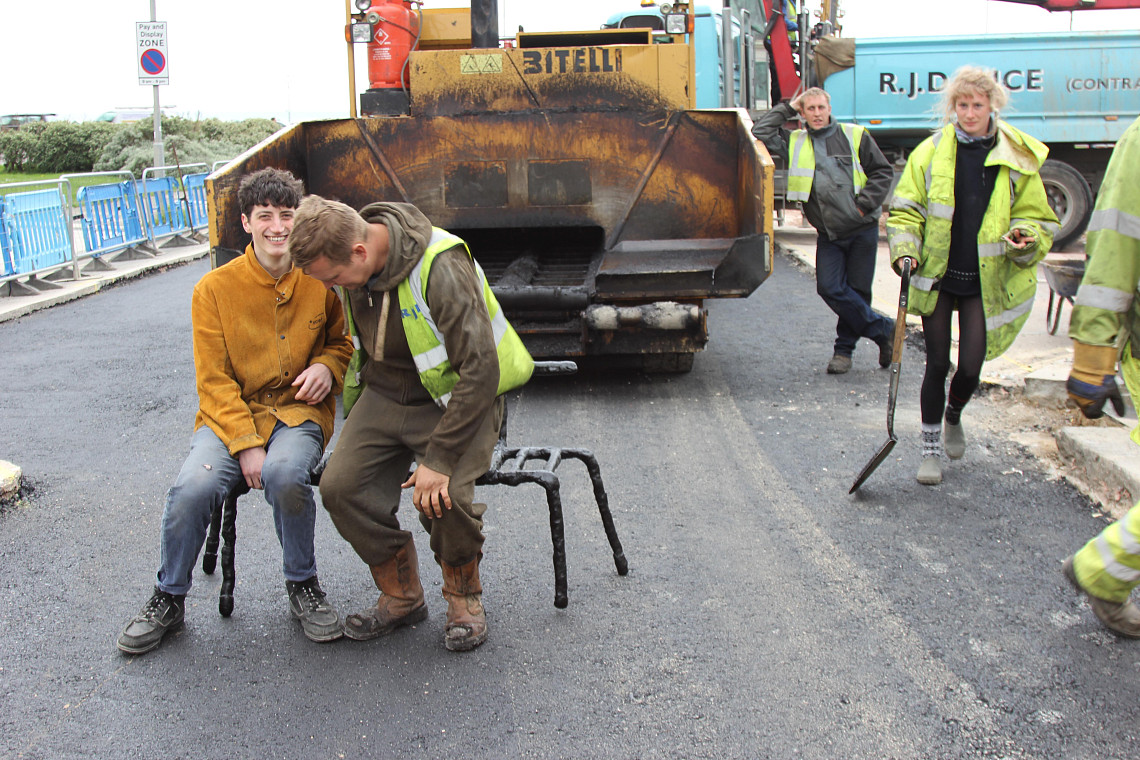
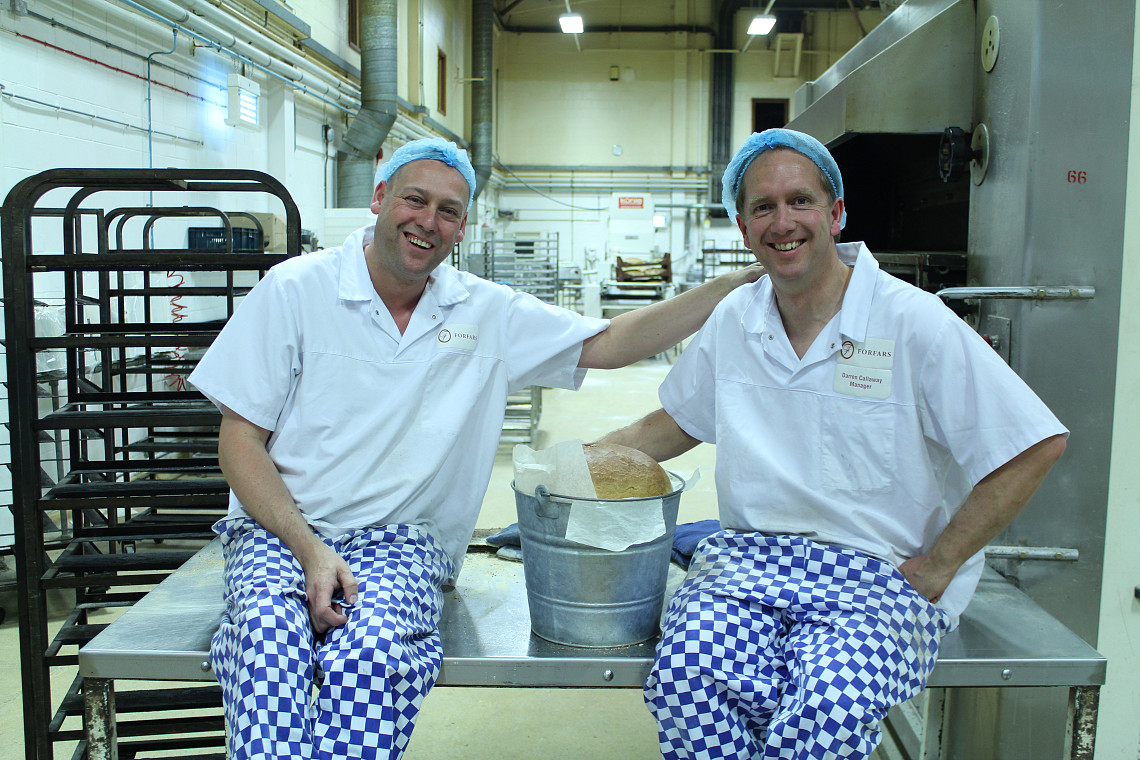

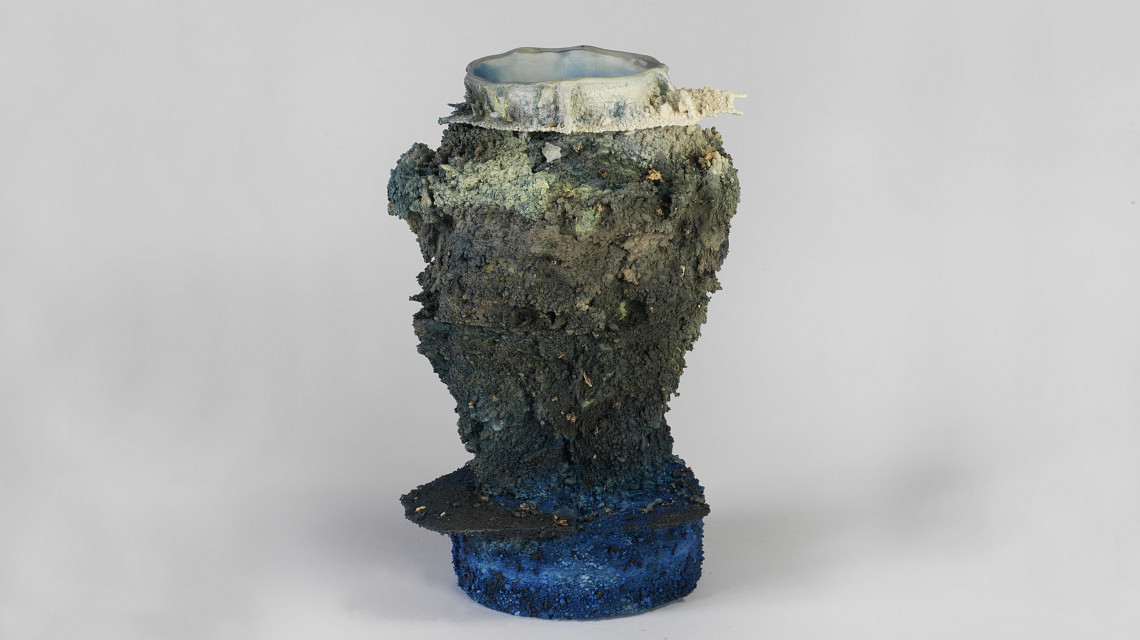

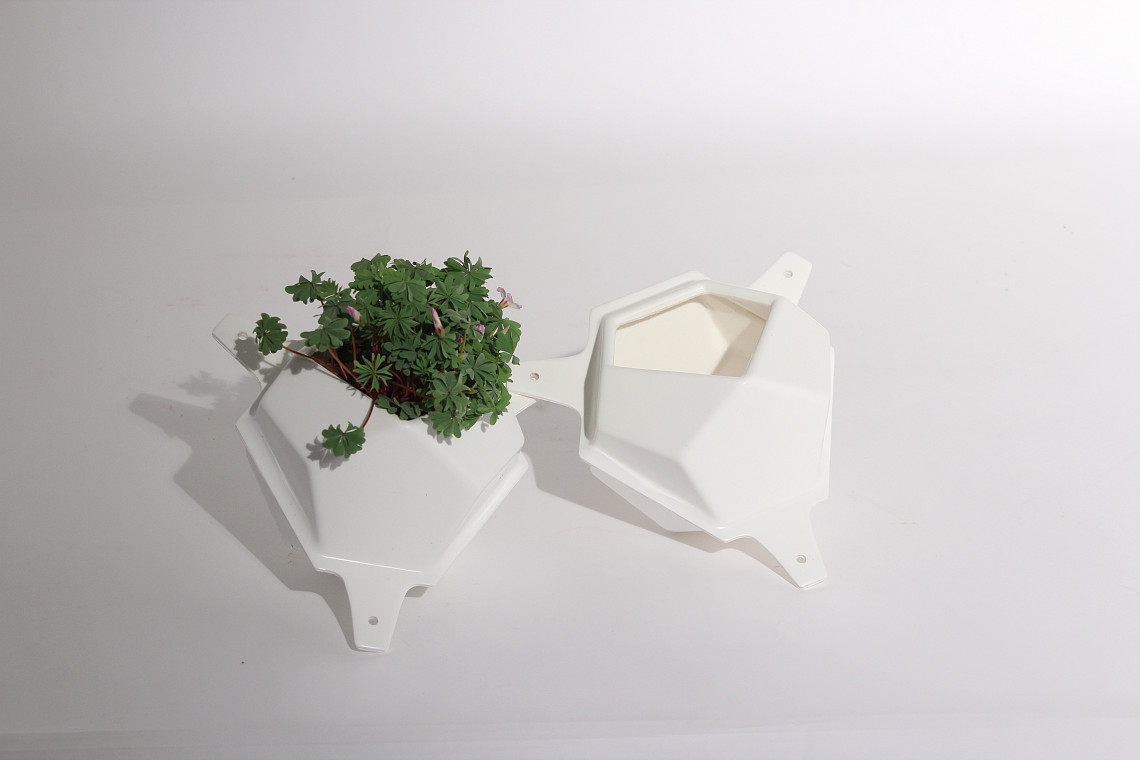
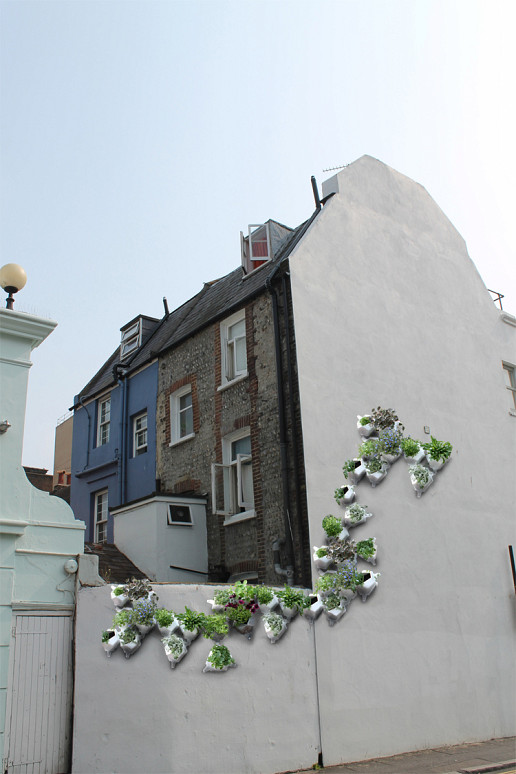

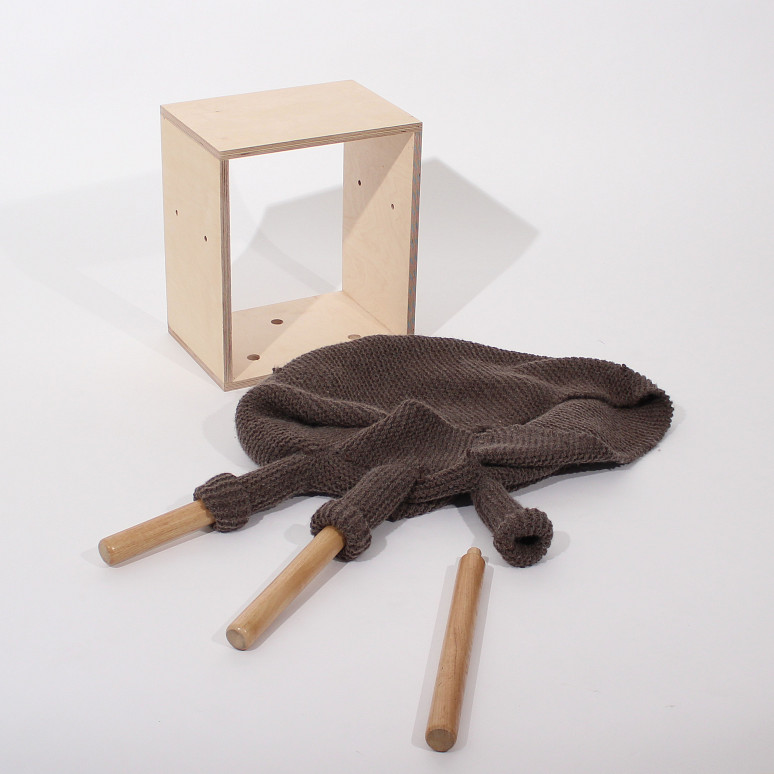
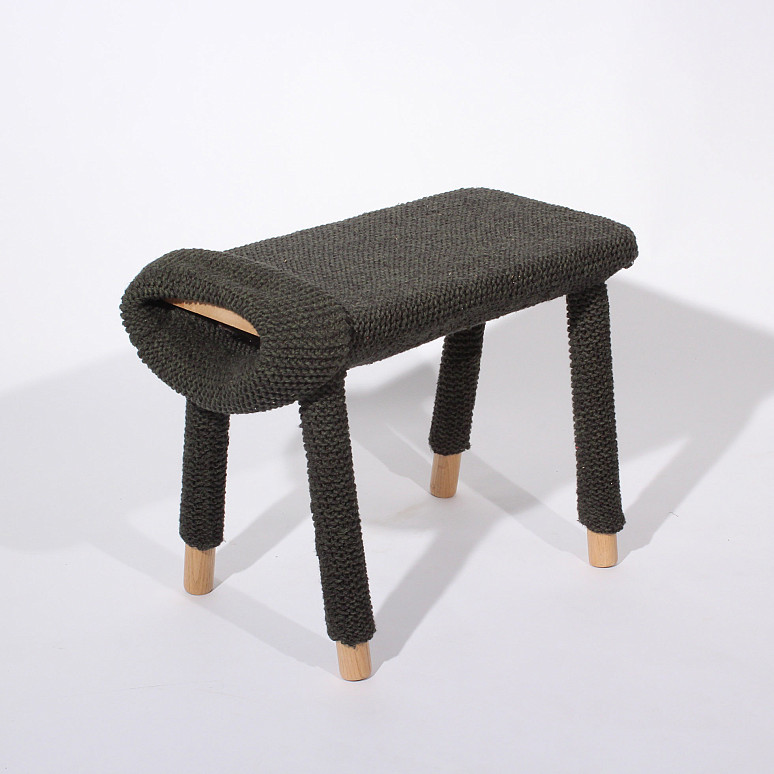
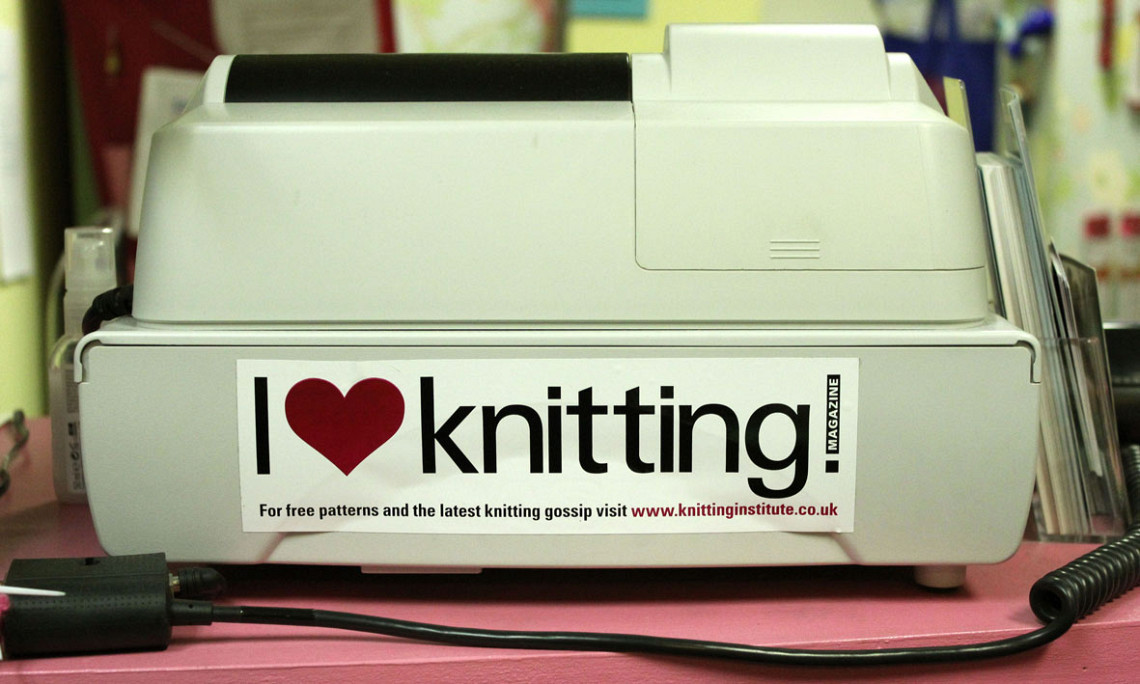
In 2012 we ran a mini creative community festival of making with around 20 3D Design students and different community groups and organisations. The aim was simply to demonstrate the creative value of collaboration and making together. This explored how interacting with real community concerns and aspirations can lead to more authentic and meaningful 'products'.
Coinciding with the commencement of UK ‘Localism’ legislation this web-resource and touring exhibition maps modern designers ambition to forge meaningful and positive engagements with ‘locality’ to enable more valued contributions to society, the economy and the environment. Once shunned as a word, ‘local’ has re-emerged as a methodological basis that contemporary practitioners, companies and governments are reimagining and utilising as a cutting edge context and rich resource for meaningful creative sustenance and social, political and environmental benefit.
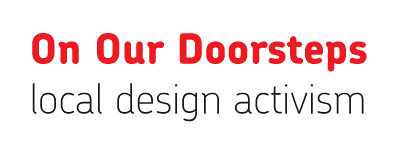
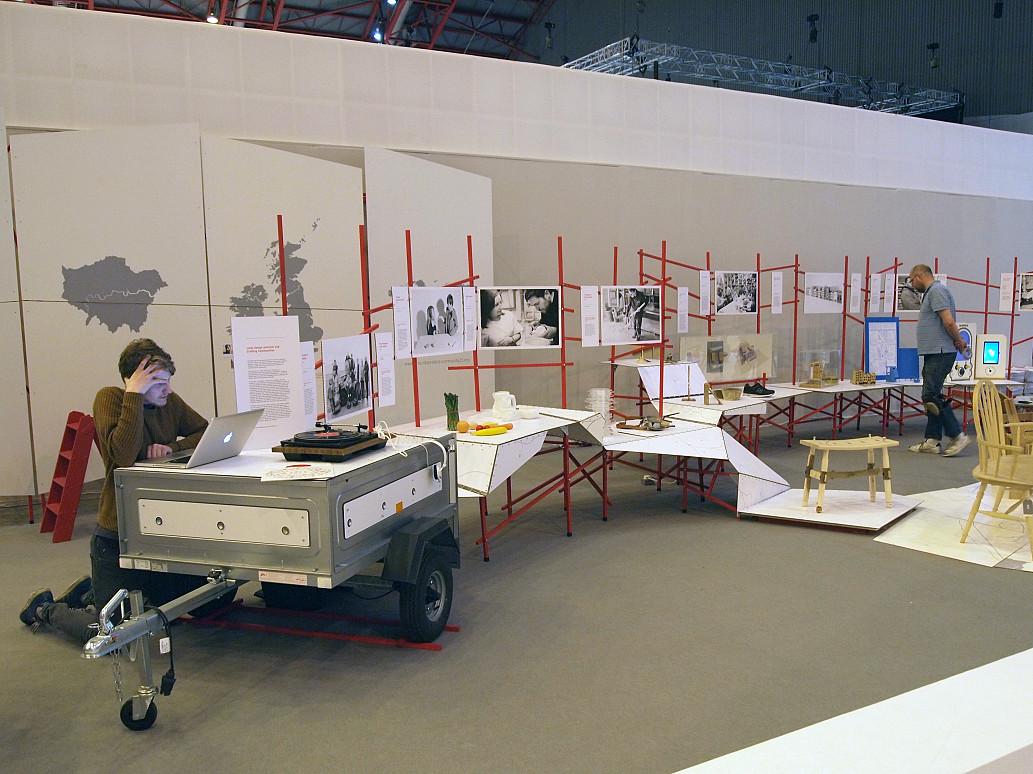
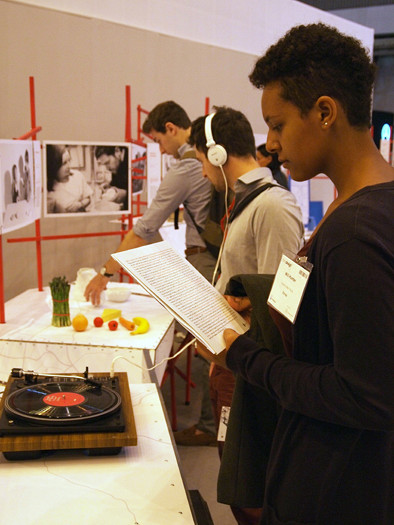
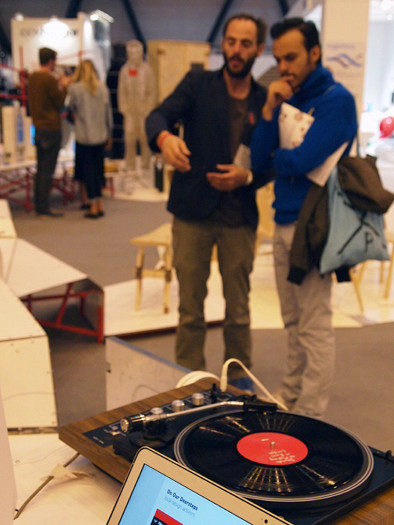
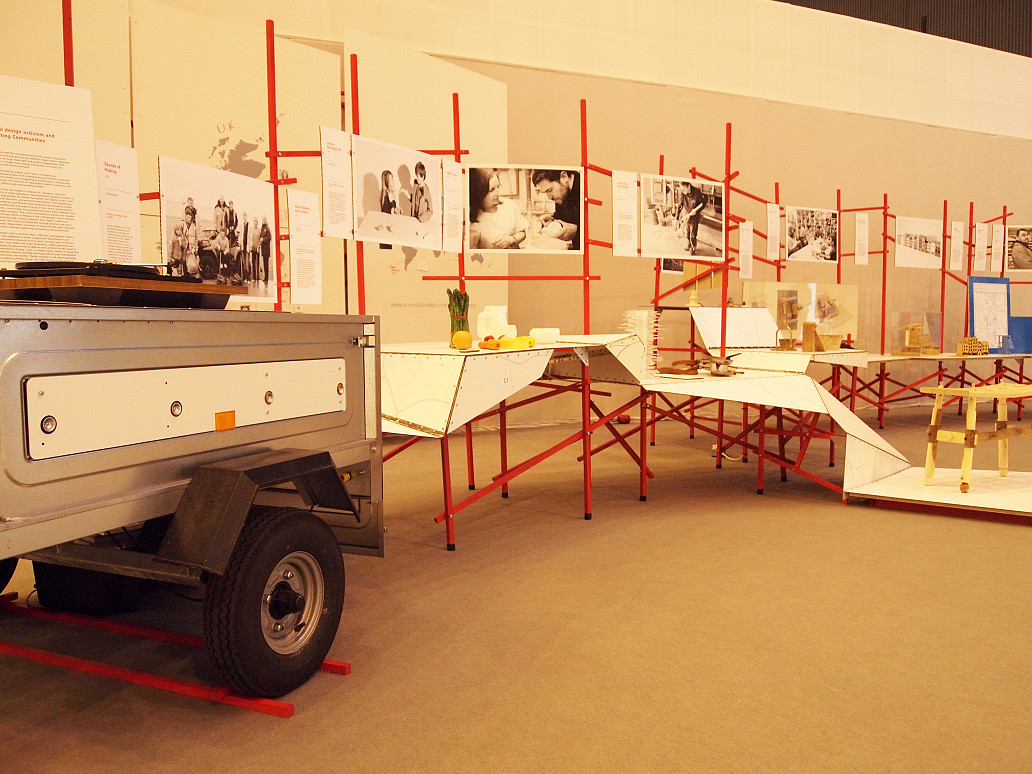

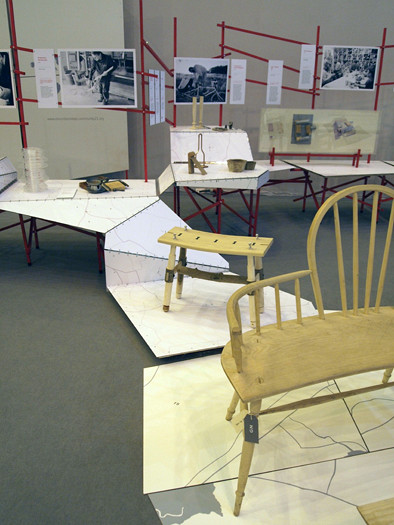

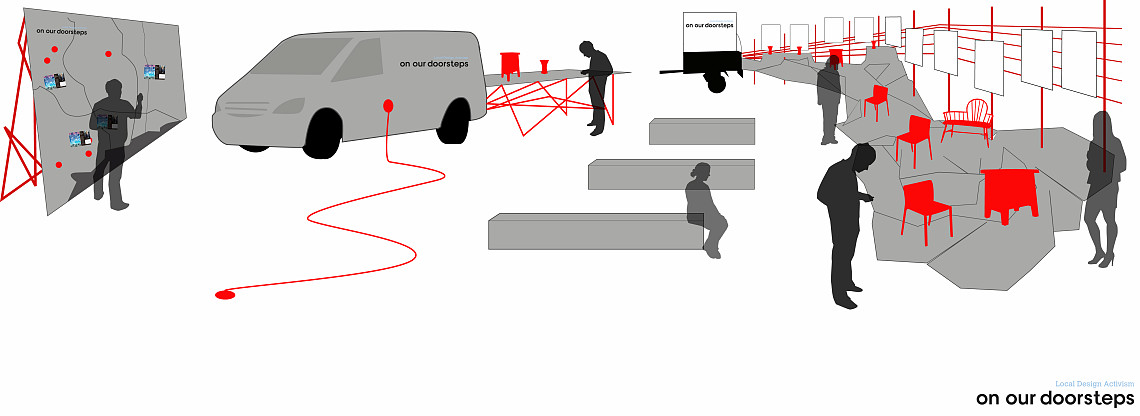
We created a traveling show which included presenting the work at The London Design Festival - where we recruited other designers working through the prism of 'local'. These included Dominic Wilcox, Max Lamb and Kieran Jones and Studio Swine.
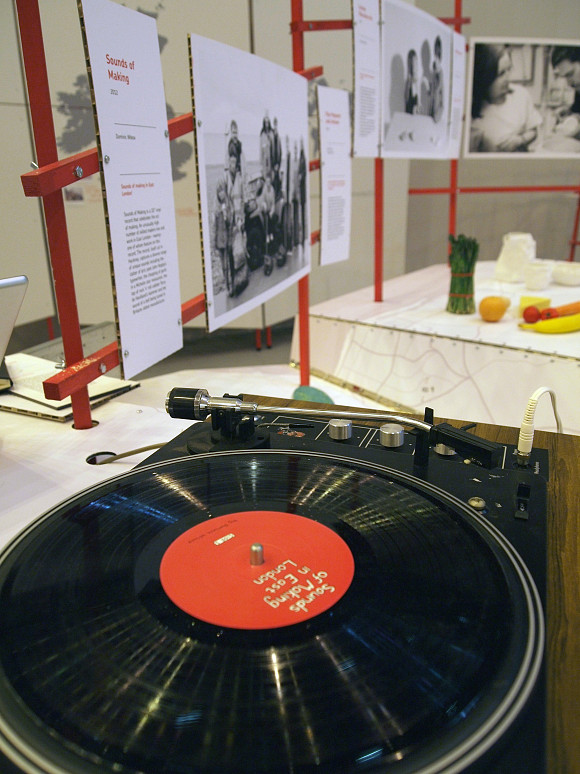

Concepts such as product miles, craftivism, participatory ‘bottom-up’ and collaborative design coupled with dissemination and developmental channels such as open sourcing, open innovation, hyper-local media and social networking – these approaches are signposting potent ways to address and comment on key issues in contemporary society. ‘Local’ no longer means narrow or closed, but celebrates diversity, plurality and inclusivity through cosmopolitan connectivity and identity. ‘Design activism’ is not about protesting but applying effective design and craft practice in the pursuit of meaningful, positive change and resilience.
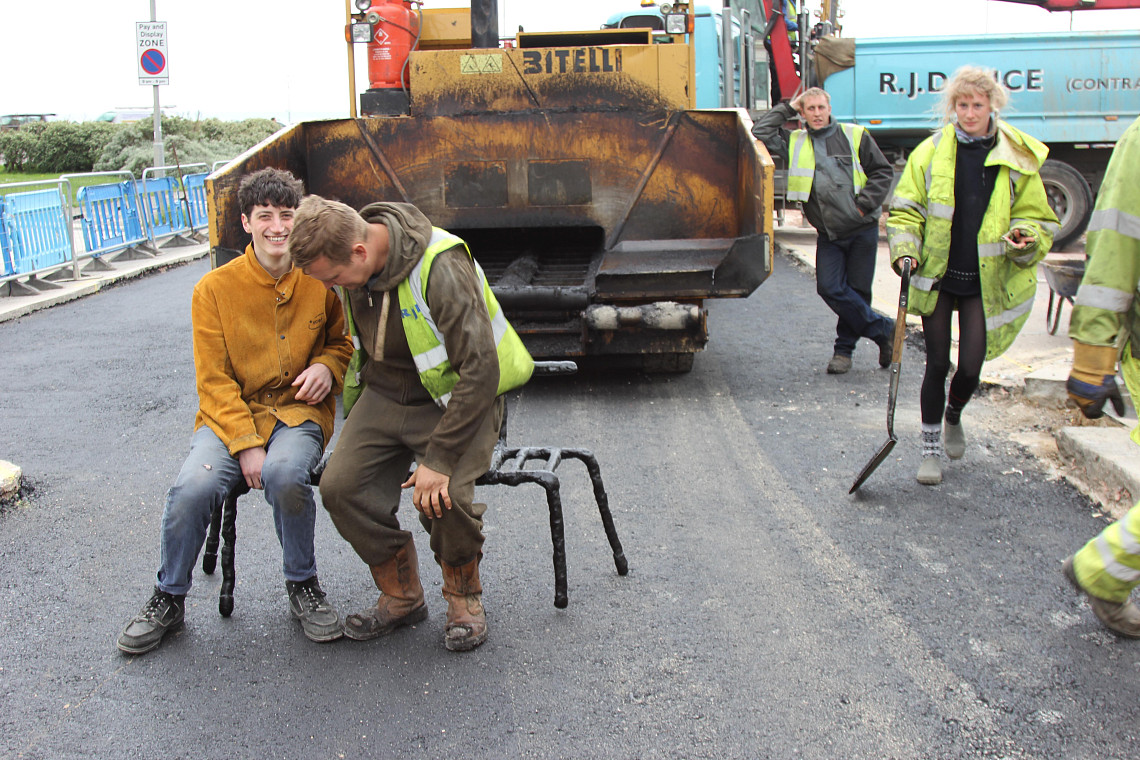
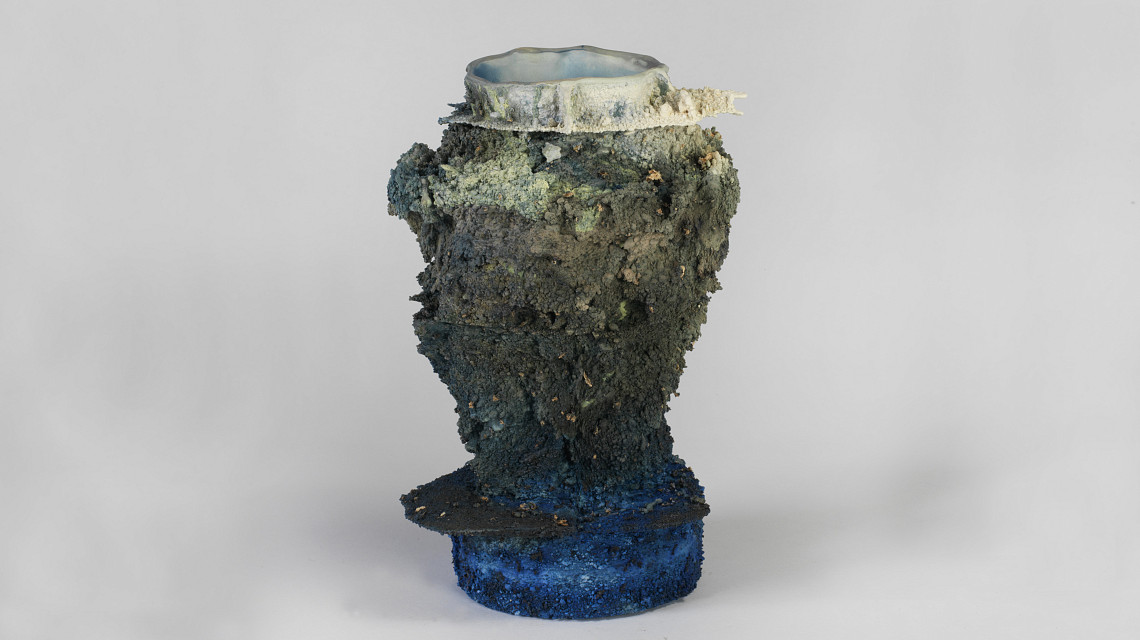
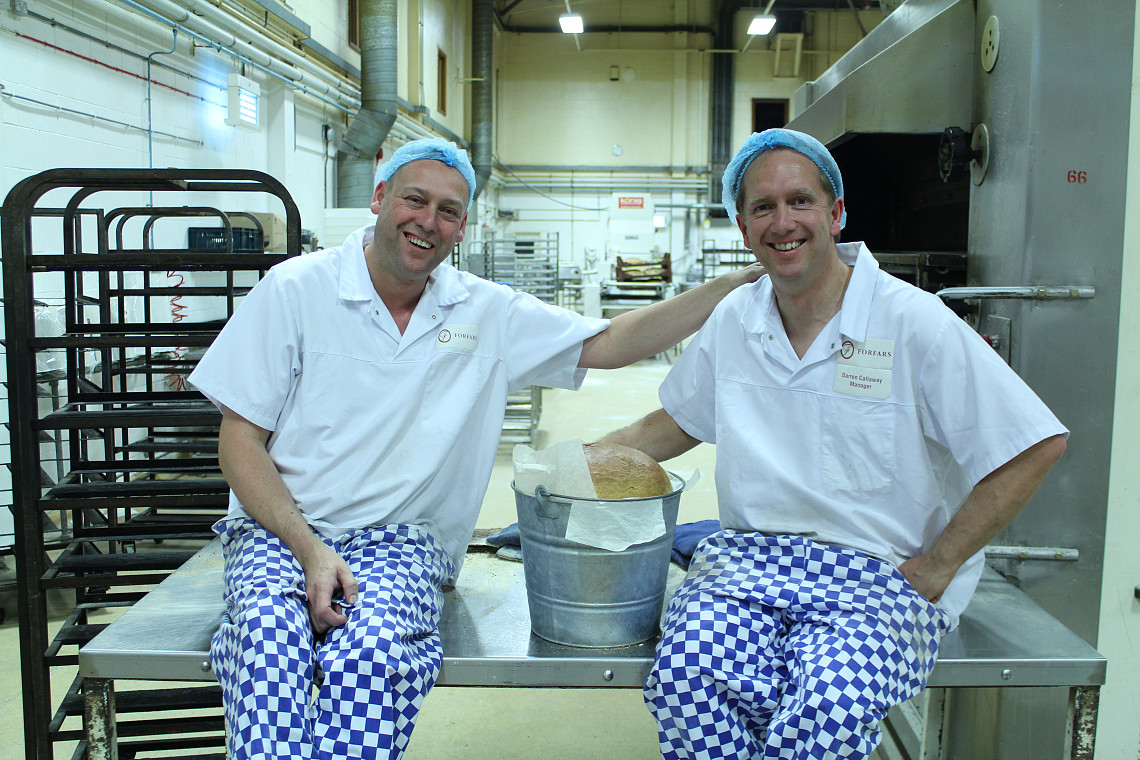
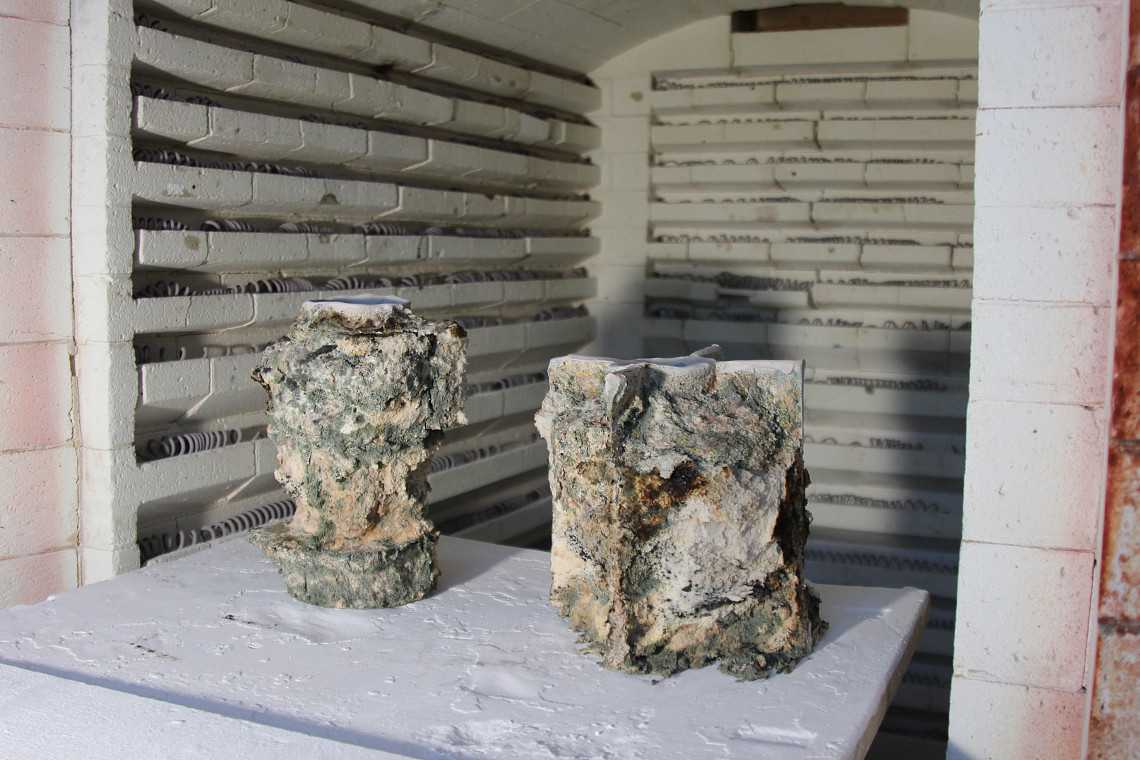
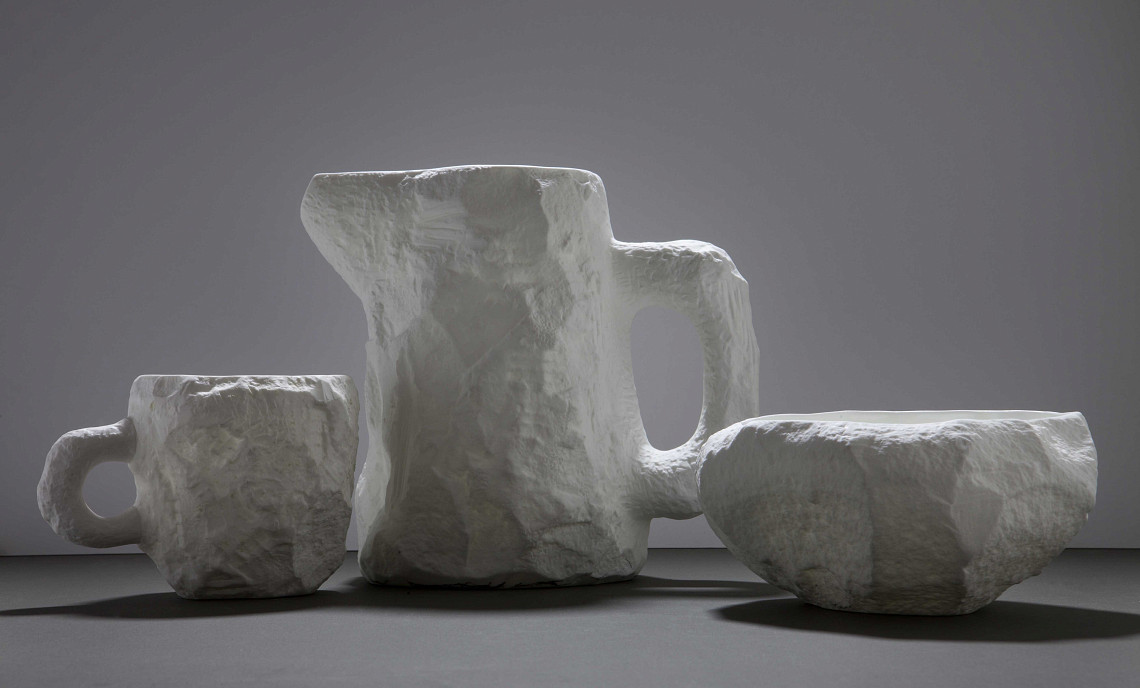
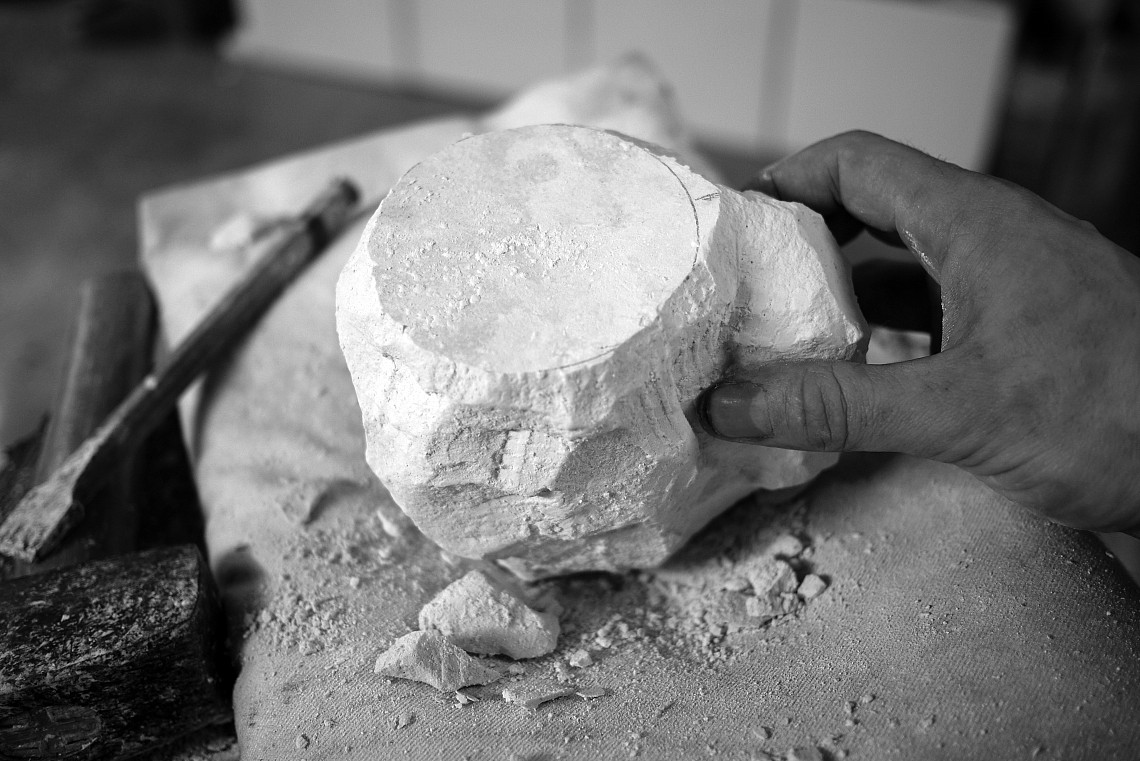
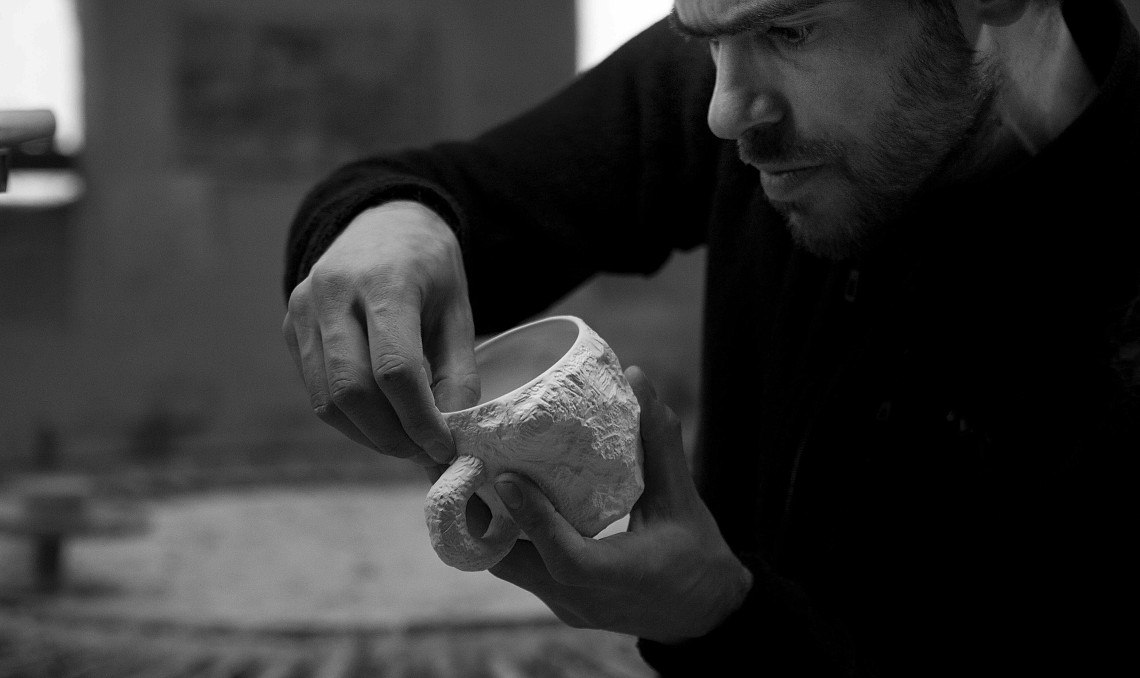
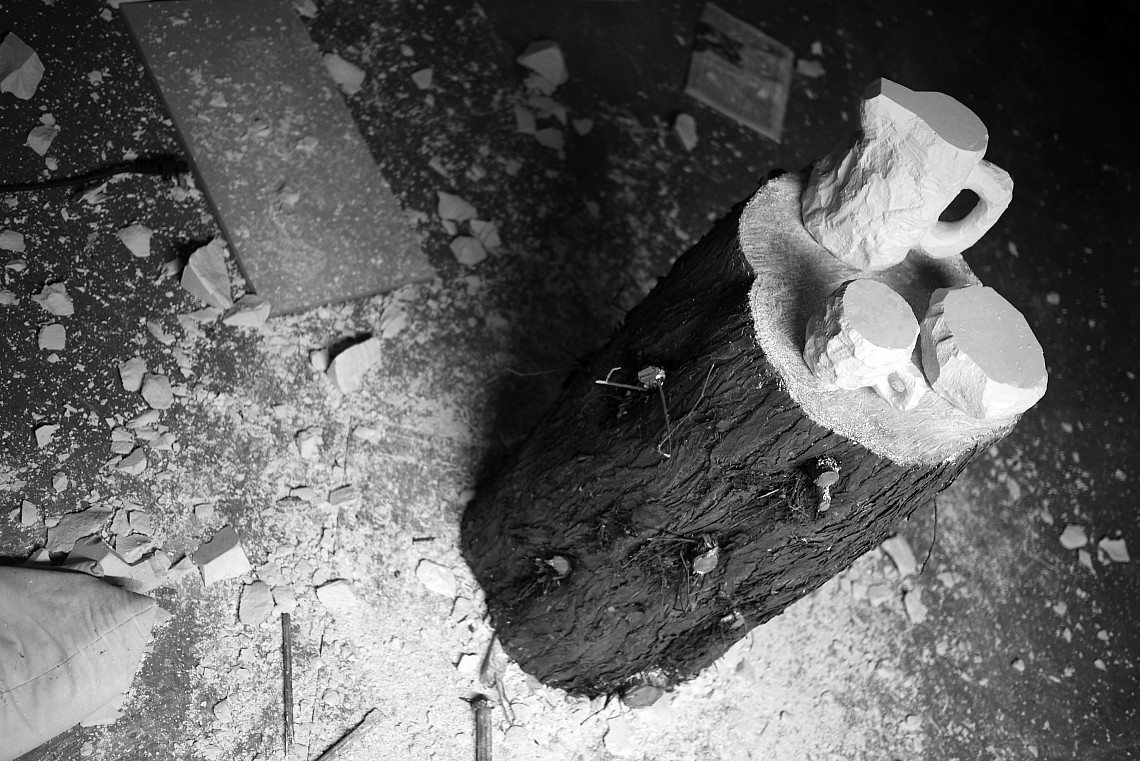

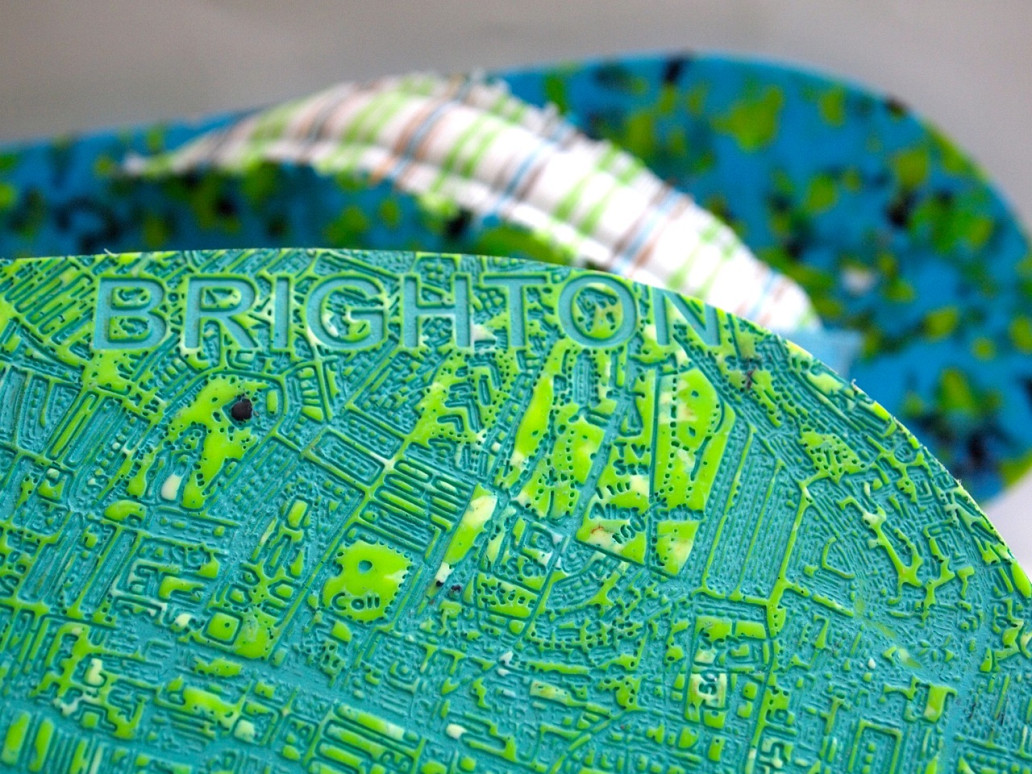

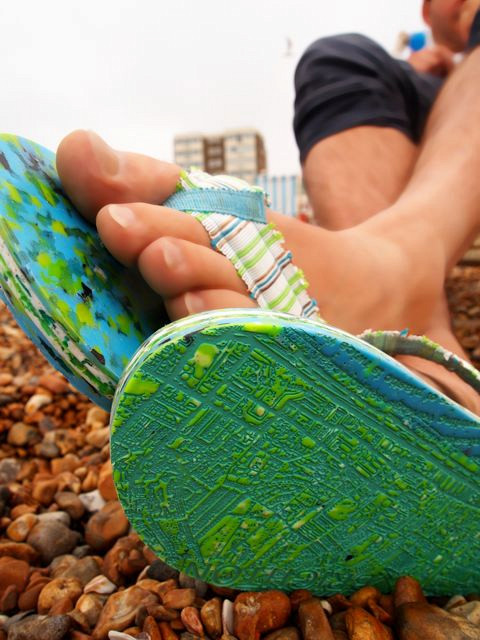
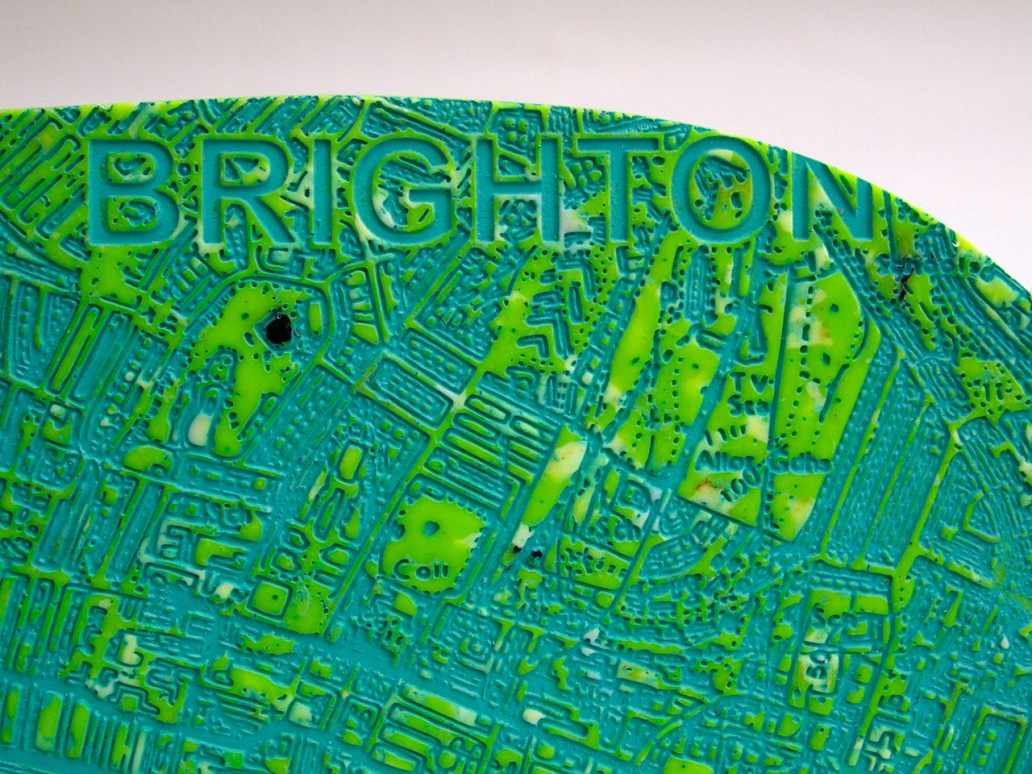
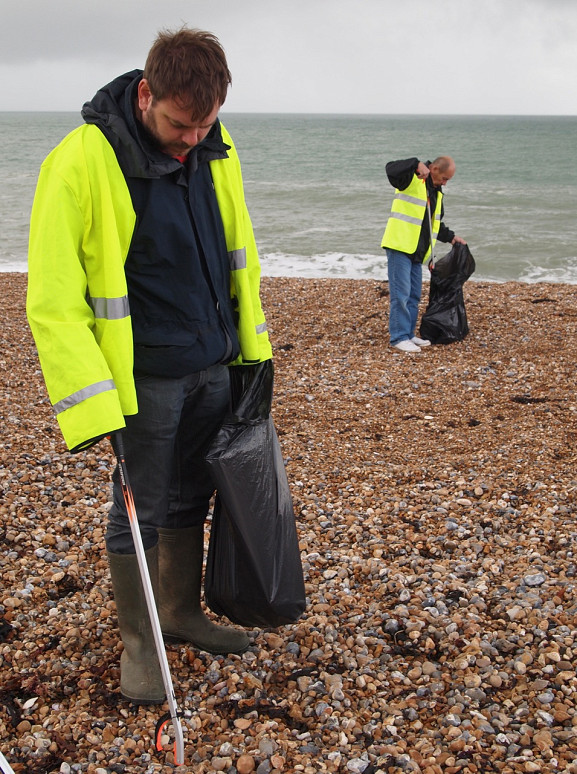
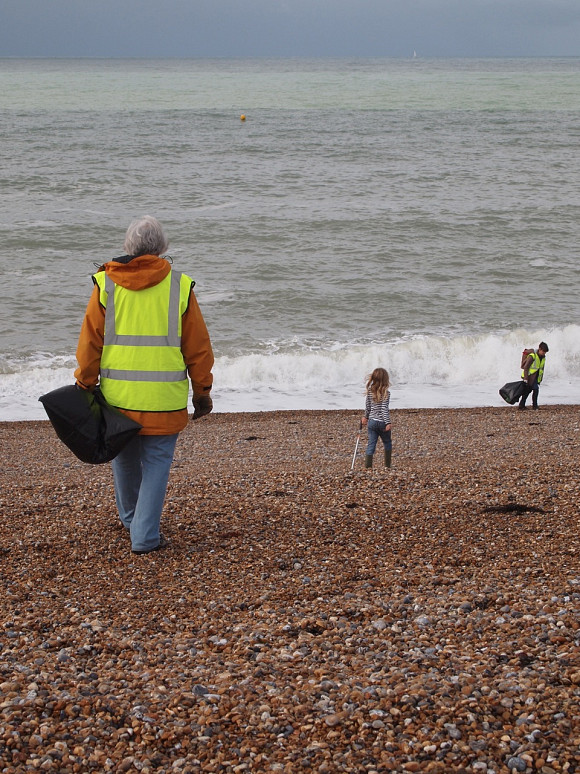
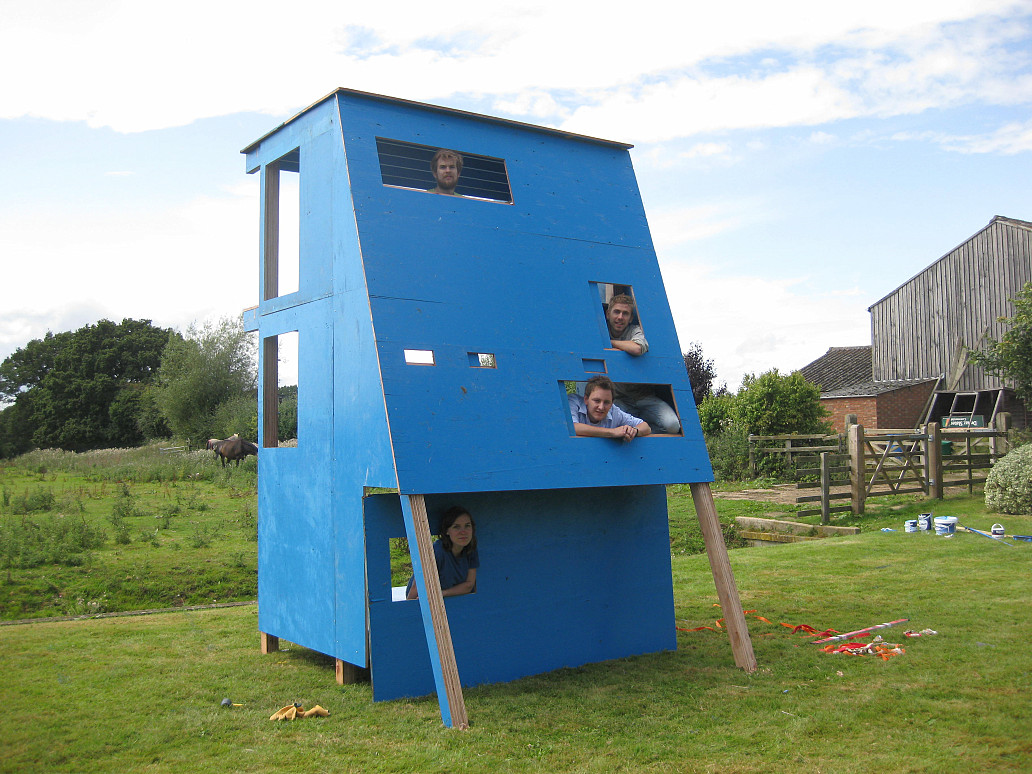
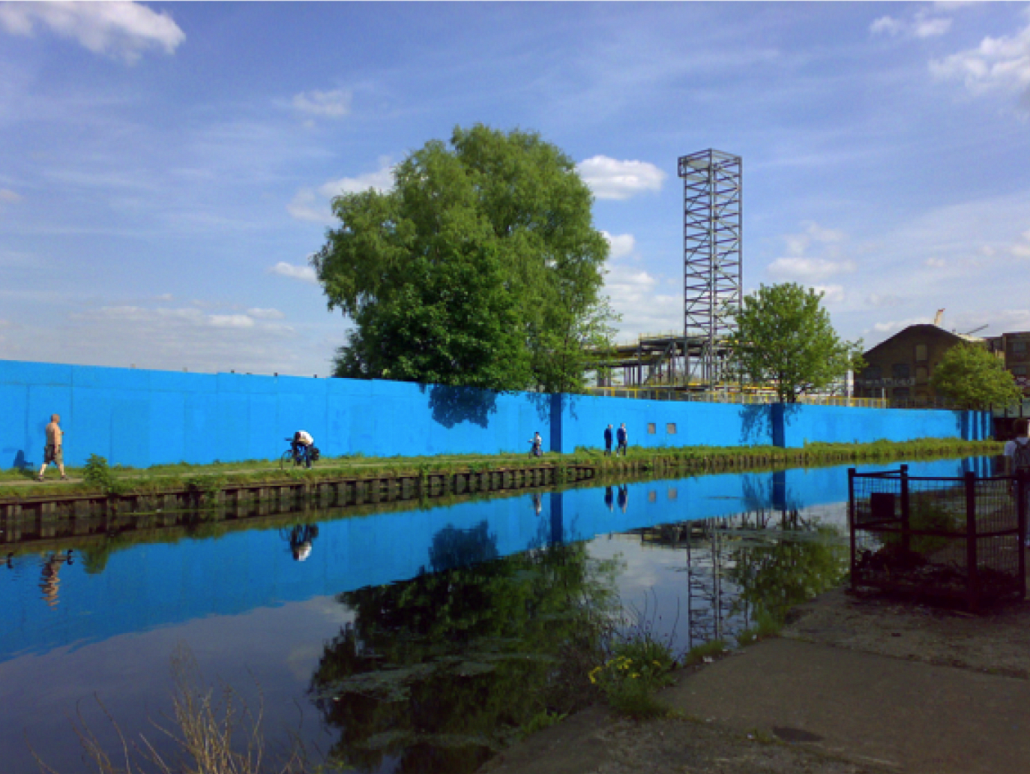
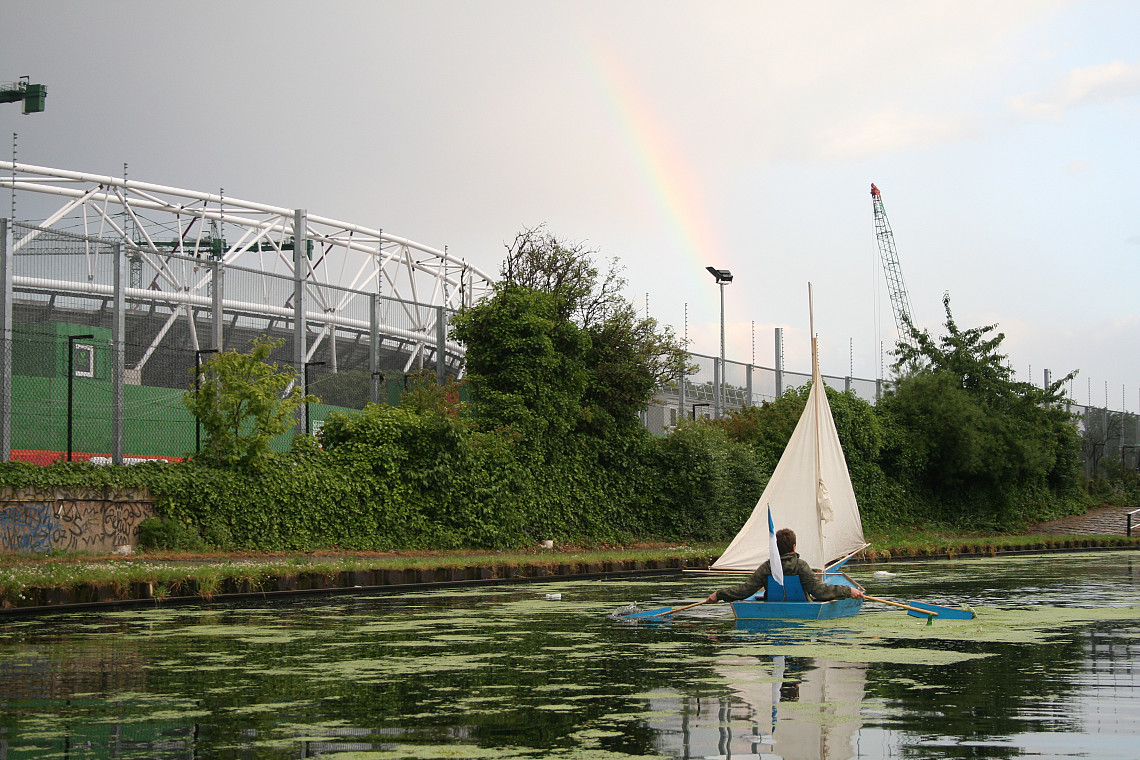
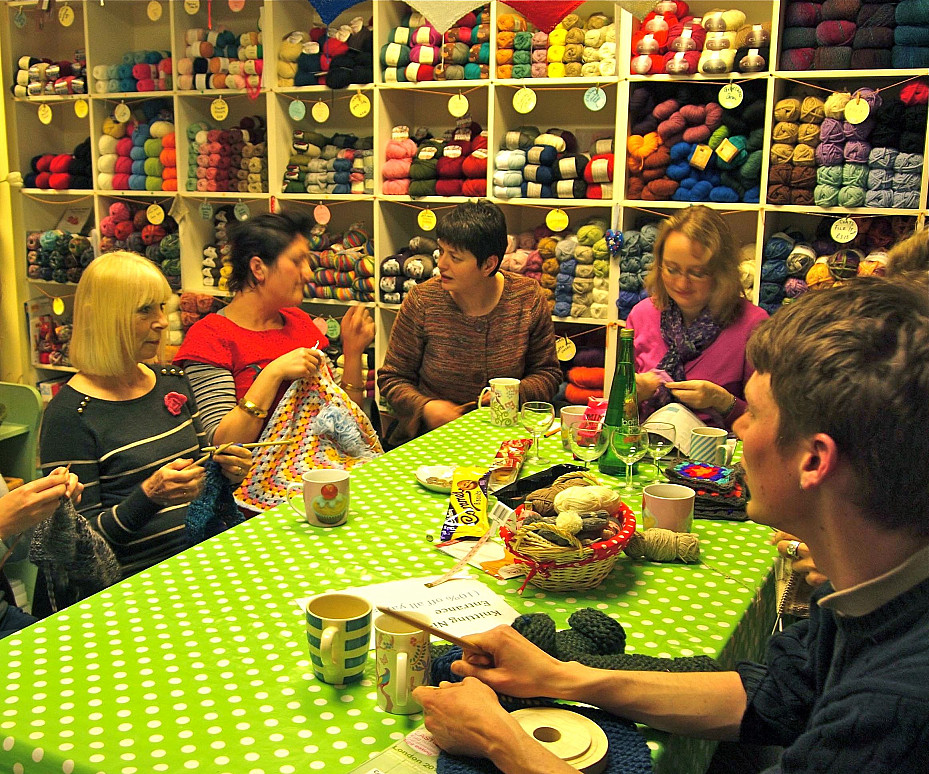
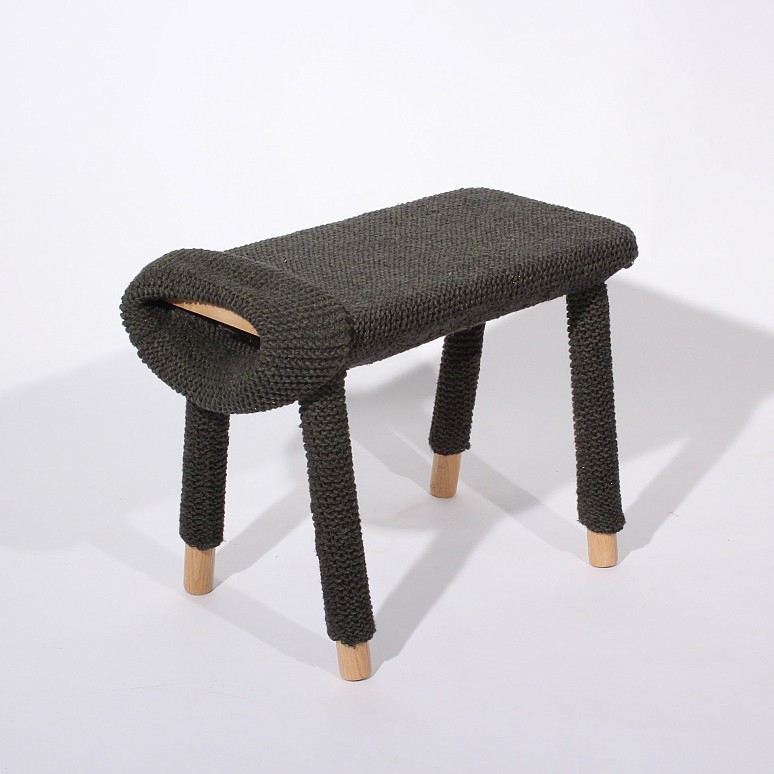

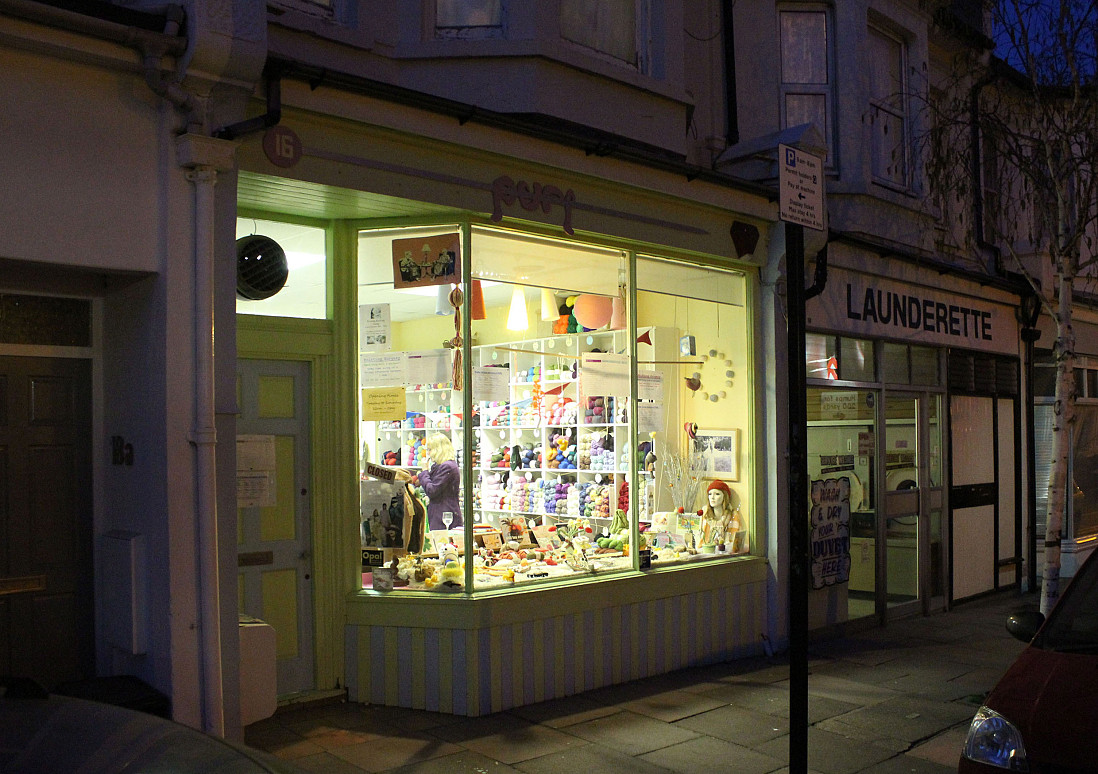

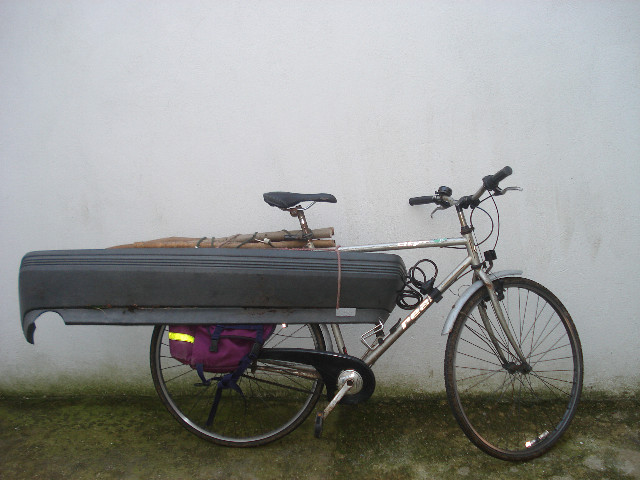
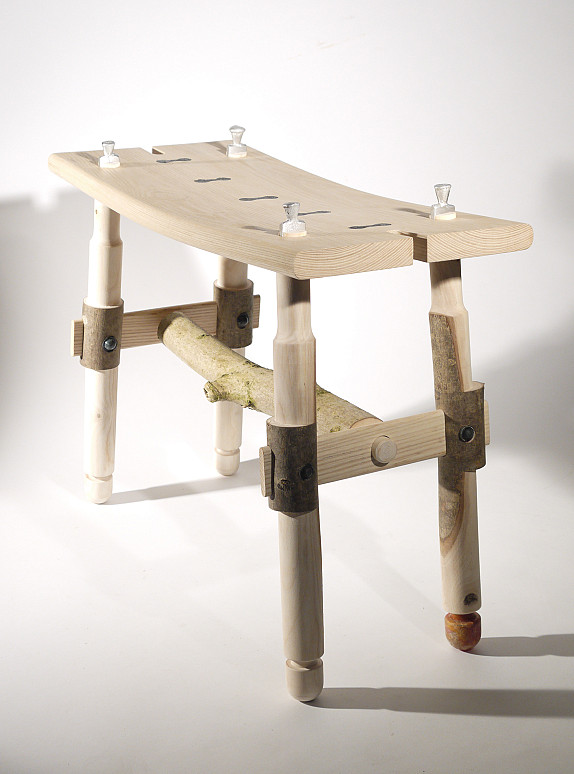
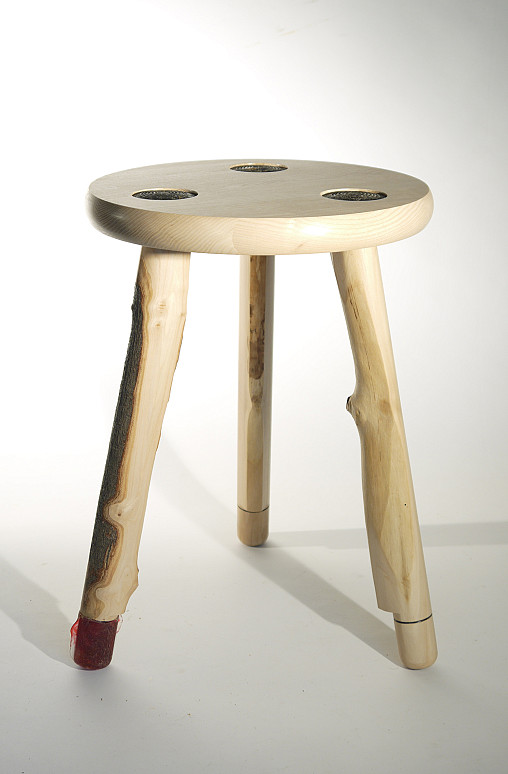

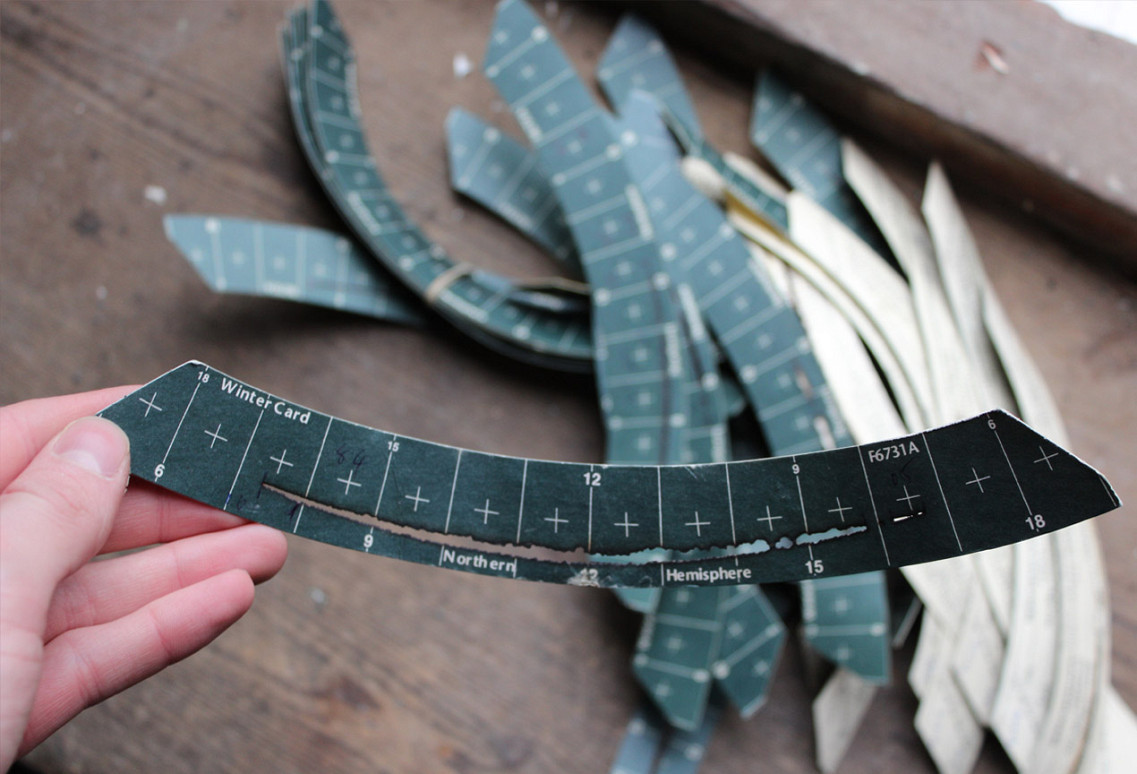
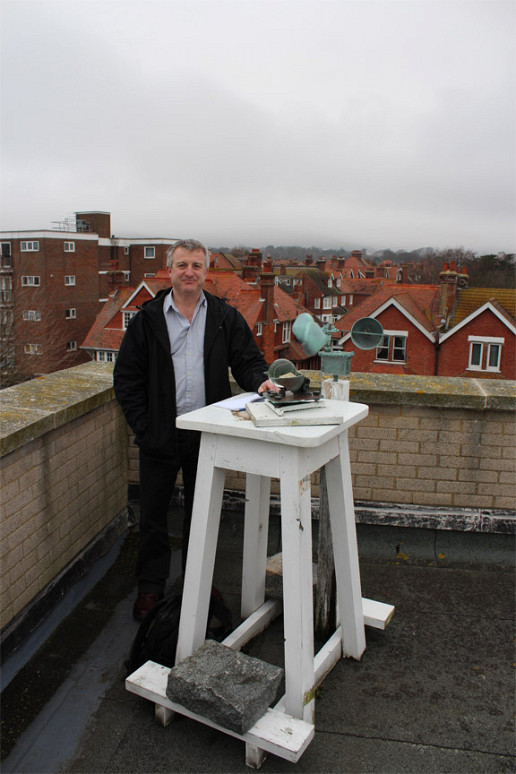
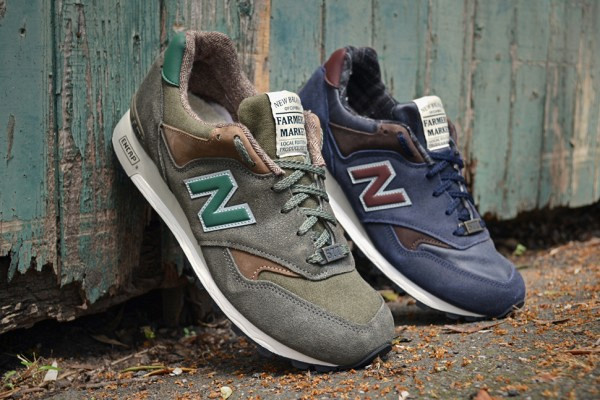
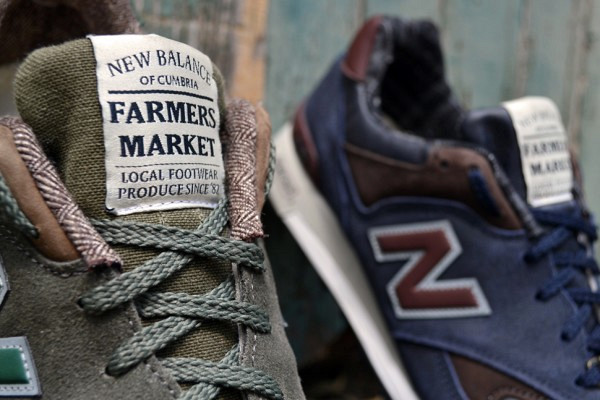
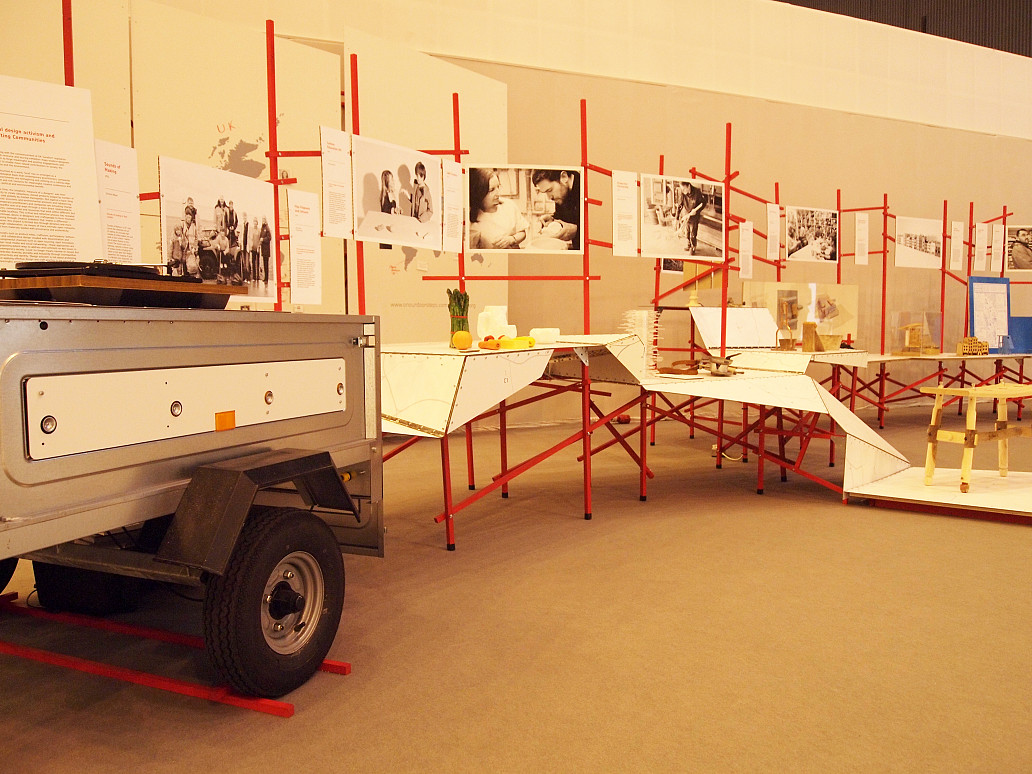

At one time, the simplistic ‘measure of a designer’ was their capacity to create ubiquitous, cloned products judged by number of units sold globally by market monopolies. But against a back-drop of social, economic and environmental pressure and rebalancing, contemporary practitioners and companies are activating change in impactful and viral ways through a more direct relationship to cultures, communities and resources that exist within different, but definable localities. This critical and reflective process has revealed a continued, desire in designers and craftspeople to form resonant meaning through creative endeavor that ‘makes a difference’ – however, this impact is formed less through dictation and more through collaboration, via means of more intimate open-networks and from materials loaded with provenance and authenticity.